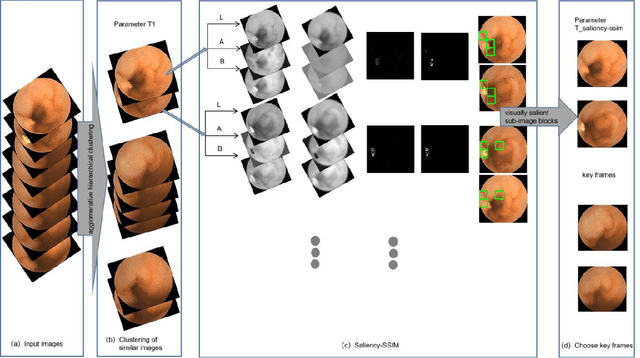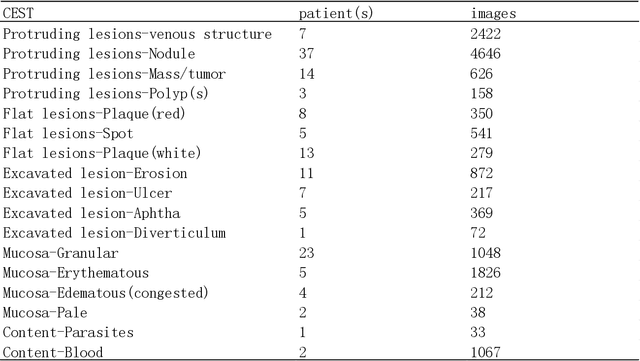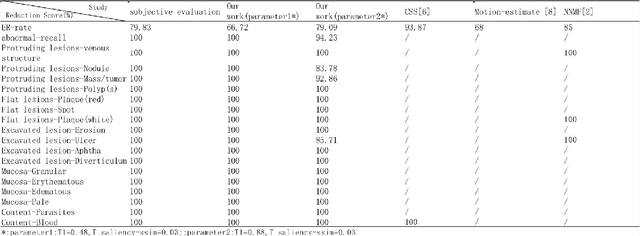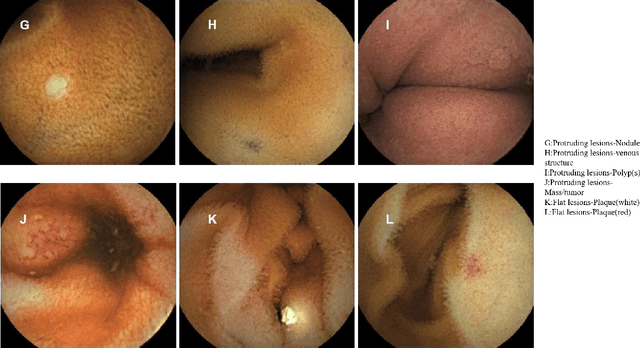Rui Nie
Chongqing Jinshan Science & Technology
TrackGo: A Flexible and Efficient Method for Controllable Video Generation
Aug 21, 2024Abstract:Recent years have seen substantial progress in diffusion-based controllable video generation. However, achieving precise control in complex scenarios, including fine-grained object parts, sophisticated motion trajectories, and coherent background movement, remains a challenge. In this paper, we introduce TrackGo, a novel approach that leverages free-form masks and arrows for conditional video generation. This method offers users with a flexible and precise mechanism for manipulating video content. We also propose the TrackAdapter for control implementation, an efficient and lightweight adapter designed to be seamlessly integrated into the temporal self-attention layers of a pretrained video generation model. This design leverages our observation that the attention map of these layers can accurately activate regions corresponding to motion in videos. Our experimental results demonstrate that our new approach, enhanced by the TrackAdapter, achieves state-of-the-art performance on key metrics such as FVD, FID, and ObjMC scores. The project page of TrackGo can be found at: https://zhtjtcz.github.io/TrackGo-Page/
Application of Structural Similarity Analysis of Visually Salient Areas and Hierarchical Clustering in the Screening of Similar Wireless Capsule Endoscopic Images
Apr 01, 2020



Abstract:Small intestinal capsule endoscopy is the mainstream method for inspecting small intestinal lesions,but a single small intestinal capsule endoscopy will produce 60,000 - 120,000 images, the majority of which are similar and have no diagnostic value. It takes 2 - 3 hours for doctors to identify lesions from these images. This is time-consuming and increase the probability of misdiagnosis and missed diagnosis since doctors are likely to experience visual fatigue while focusing on a large number of similar images for an extended period of time.In order to solve these problems, we proposed a similar wireless capsule endoscope (WCE) image screening method based on structural similarity analysis and the hierarchical clustering of visually salient sub-image blocks. The similarity clustering of images was automatically identified by hierarchical clustering based on the hue,saturation,value (HSV) spatial color characteristics of the images,and the keyframe images were extracted based on the structural similarity of the visually salient sub-image blocks, in order to accurately identify and screen out similar small intestinal capsule endoscopic images. Subsequently, the proposed method was applied to the capsule endoscope imaging workstation. After screening out similar images in the complete data gathered by the Type I OMOM Small Intestinal Capsule Endoscope from 52 cases covering 17 common types of small intestinal lesions, we obtained a lesion recall of 100% and an average similar image reduction ratio of 76%. With similar images screened out, the average play time of the OMOM image workstation was 18 minutes, which greatly reduced the time spent by doctors viewing the images.
 Add to Chrome
Add to Chrome Add to Firefox
Add to Firefox Add to Edge
Add to Edge